
Enterprise JavaBeans 3.0. 5th Edition Richard Monson-Haefel, Bill Burke
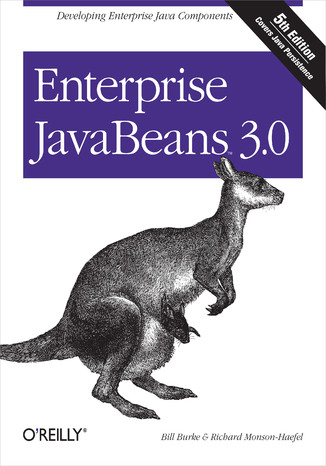



- Autorzy:
- Richard Monson-Haefel, Bill Burke
- Wydawnictwo:
- O'Reilly Media
- Ocena:
- Stron:
- 768
- Dostępne formaty:
-
ePubMobi
Opis
książki
:
Enterprise JavaBeans 3.0. 5th Edition
If you're up on the latest Java technologies, then you know that Enterprise JavaBeans (EJB) 3.0 is the hottest news in Java this year. In fact, EJB 3.0 is being hailed as the new standard of server-side business logic programming. And O'Reilly's award-winning book on EJB has been refreshed just in time to capitalize on the technology's latest rise in popularity.
This fifth edition, written by Bill Burke and Richard Monson-Haefel, has been updated to capture the very latest need-to-know Java technologies in the same award-winning fashion that drove the success of the previous four strong-selling editions. Bill Burke, Chief Architect at JBoss, Inc., represents the company on the EJB 3.0 and Java EE 5 specification committees. Richard Monson-Haefel is one of the world's leading experts on Enterprise Java.
Enterprise JavaBeans 3.0, 5th Edition is organized into two parts: the technical manuscript followed by the JBoss workbook. The technical manuscript explains what EJB is, how it works, and when to use it. The JBoss workbook provides step-by-step instructions for installing, configuring, and running the examples from the manuscript on the JBoss 4.0 Application Server.
Although EJB makes application development much simpler, it's still a complex and ambitious technology that requires a great deal of time to study and master. But now, thanks to Enterprise JavaBeans 3.0, 5th Edition, you can overcome the complexities of EJBs and learn from hundreds of practical examples that are largeenough to test key concepts but small enough to be taken apart and explained in the detail that you need. Now you can harness the complexity of EJB with just a single resource by your side.
Wybrane bestsellery
Richard Monson-Haefel, Bill Burke - pozostałe książki
O'Reilly Media - inne książki
Dzięki opcji "Druk na żądanie" do sprzedaży wracają tytuły Grupy Helion, które cieszyły sie dużym zainteresowaniem, a których nakład został wyprzedany.
Dla naszych Czytelników wydrukowaliśmy dodatkową pulę egzemplarzy w technice druku cyfrowego.
Co powinieneś wiedzieć o usłudze "Druk na żądanie":
- usługa obejmuje tylko widoczną poniżej listę tytułów, którą na bieżąco aktualizujemy;
- cena książki może być wyższa od początkowej ceny detalicznej, co jest spowodowane kosztami druku cyfrowego (wyższymi niż koszty tradycyjnego druku offsetowego). Obowiązująca cena jest zawsze podawana na stronie WWW książki;
- zawartość książki wraz z dodatkami (płyta CD, DVD) odpowiada jej pierwotnemu wydaniu i jest w pełni komplementarna;
- usługa nie obejmuje książek w kolorze.
Masz pytanie o konkretny tytuł? Napisz do nas: sklep@helion.pl
Książka drukowana



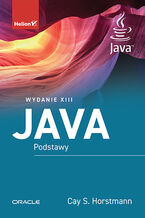
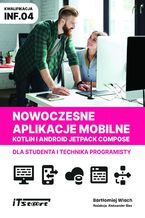

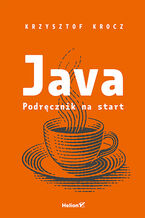
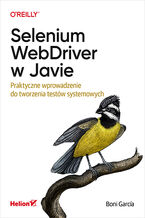
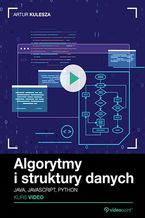

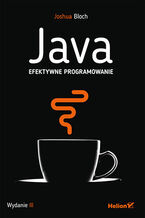
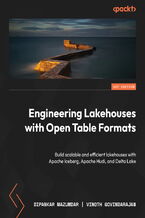


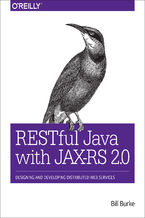
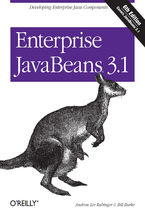
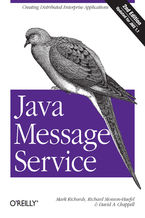
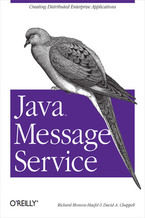
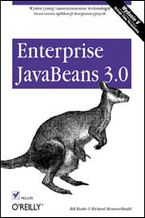
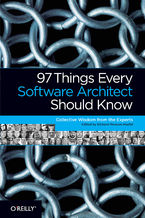





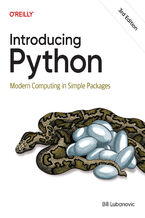
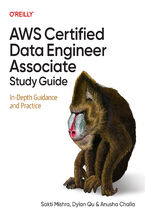
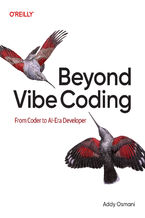
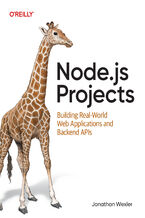
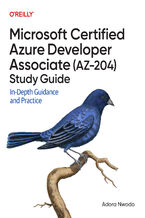
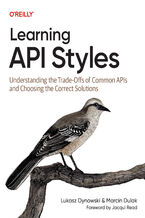
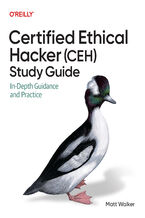
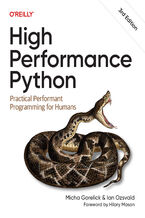
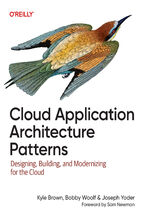
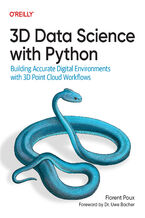



Oceny i opinie klientów: Enterprise JavaBeans 3.0. 5th Edition Richard Monson-Haefel, Bill Burke
(0)